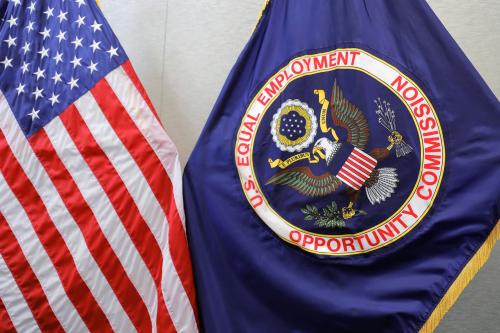This paper outlines how the Federal Reserve can use its non-emergency statutory authority to substantially improve the functioning of debtor-in-possession financing markets during the bankruptcy crisis triggered by the COVID-19 pandemic. The authors argue that, contrary to restrictions on the Fed’s emergency lending authority in Section 13(3) of the Federal Reserve Act, Section 10B permits the Fed to increase support for bank-led debtor-in-possession financing sufficient to meet the scale that this crisis presents. After explaining in detail the Fed’s statutory authority to intervene in these markets, the authors discuss several important benefits and manageable costs of this approach. The benefits include, first, better facilitation of bank-based financing for bankrupt firms and the reciprocal reduction of financing from the shadow banking sector and, second, better insight for the central bank into this important sector of the financial system for macroeconomic and financial stability purposes. The costs include perceptions of illegality given the limitations on the Fed’s emergency lending authority, the risk of undermining the Fed’s independence for monetary policy, and concerns about central bank meddling in the political prerogatives of Congress and the President. They argue that these costs, though real, are manageable and in any case less than the benefits of intervention.
The authors did not receive financial support from any firm or person with a financial or political interest in this article. Neither is currently an officer, director, or board member of any organization with an interest in this article.
The Brookings Institution is committed to quality, independence, and impact.
We are supported by a diverse array of funders. In line with our values and policies, each Brookings publication represents the sole views of its author(s).







